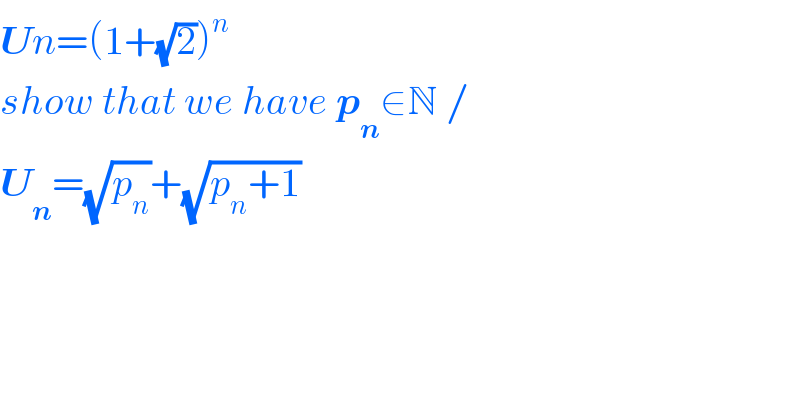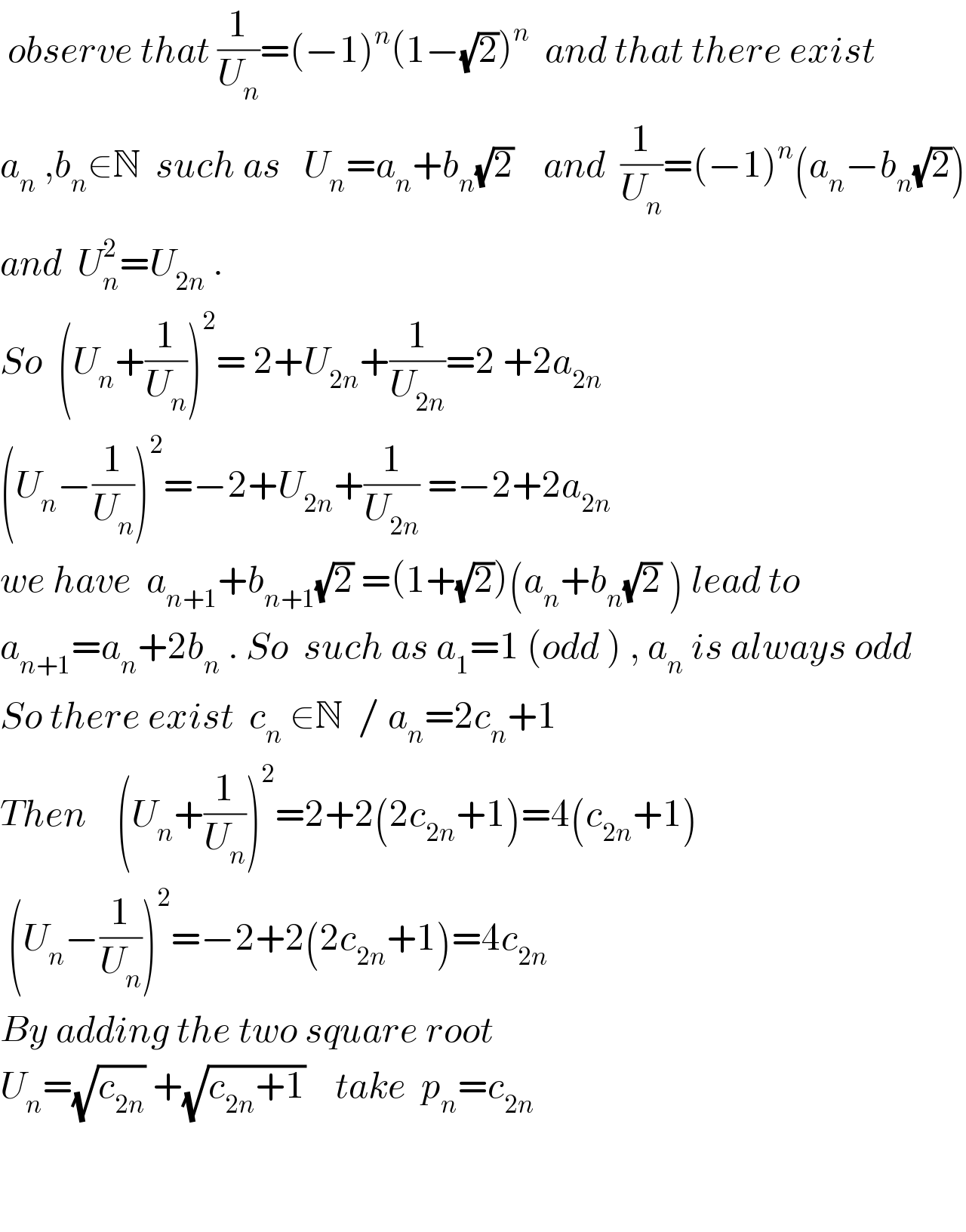
Question and Answers Forum
Question Number 102474 by pticantor last updated on 09/Jul/20

Answered by ~blr237~ last updated on 09/Jul/20

| ||
Question and Answers Forum | ||
Question Number 102474 by pticantor last updated on 09/Jul/20 | ||
 | ||
Answered by ~blr237~ last updated on 09/Jul/20 | ||
 | ||
| ||